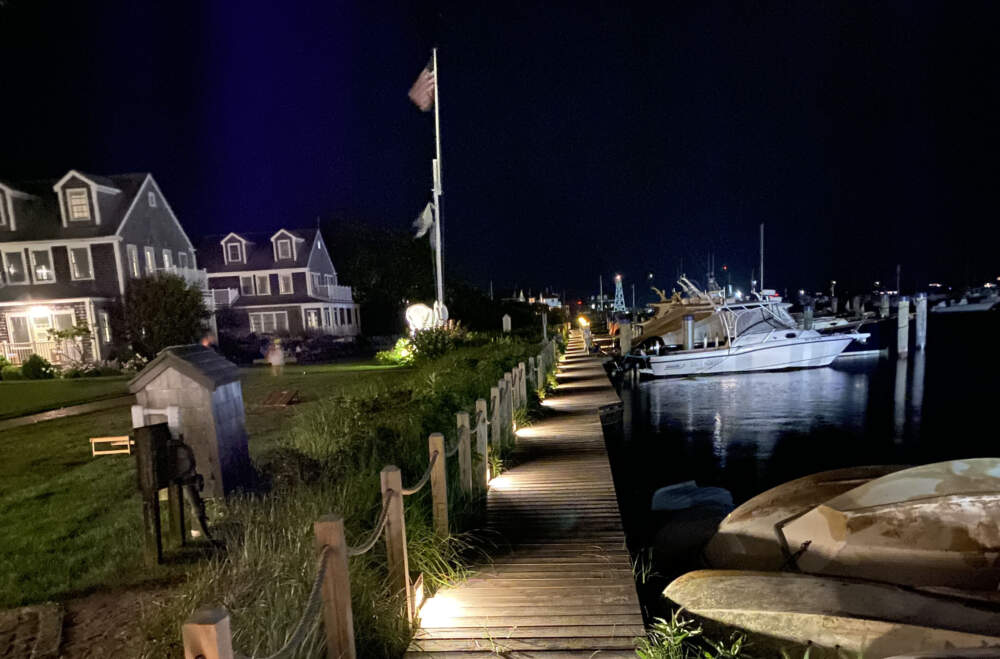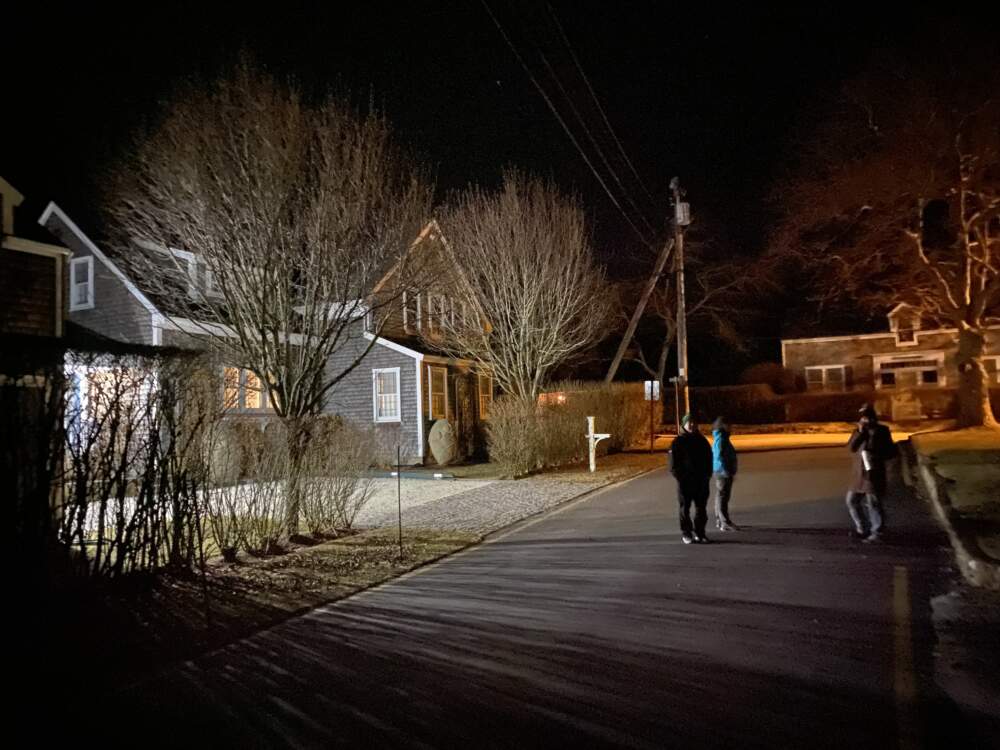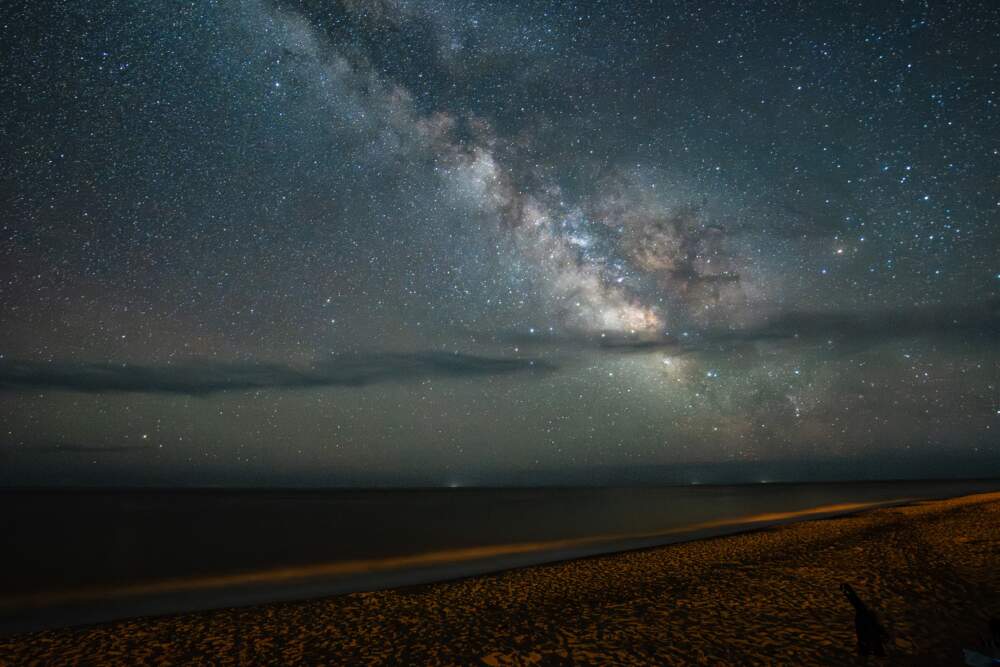Advertisement
4 tips on improving your outdoor lighting to protect dark skies

For hundreds of thousands of years, humans and animals lived and evolved under dark night skies. In the last 100-plus years, however, as people have added more and more artificial light into their built environments, we've have changed the way humans and animals experience the night sky.
Not only are we seeing fewer stars, but research shows that blue light at night is harmful to human and animal health. WBUR spoke to Glenn Heinmiller, a professional architectural lighting designer at Lam Partners, about the Dark Sky International principles for improving outdoor lighting for our health and views.
Here are some tips if you want to make your home or business more dark sky friendly:
1. Direct outdoor light where its needed
When choosing outdoor lighting, consider its function. For lighting a porch or a pathway, angle lights downward onto those areas and shield them from pointing up into the sky — or through neighbors' windows.
“If you're lighting your driveway, make sure that the light is going down onto the driveway and not across the fence into your neighbor's yard,” Heinmiller said.
Directing the light downward is key. For existing lighting, check if the fixture can be adjusted. If not, there are shields available to help focus lighting where you want it. Or consider buying a new shielded light fixture.
Dark Sky International has suggestions of different shields for outdoor lighting.

2. Choose the right brightness
Stop thinking about watts: When buying a light bulb, pay attention to how much light it emits, which is measured in lumens.
“Start low, with the lowest lumens fixture or light bulb and then add more if you need. It will probably be enough,” Heinmiller said. He suggests starting with 400 to 800 lumens for residential outdoor lighting. A fixture with thousands of lumens is way too much for residential lighting, he said.
“More light is not better. Higher light levels don't mean that you can see better,” Heinmiller said. “They don't make it safer than anything once you reach a certain threshold. And that threshold is generally probably a lot lower than people realize now.”
3. Time the light for your needs
You don't need to leave your lights on all night, according to Heinmiller. Use motion sensors, dimmers or control systems so you can adjust or turn off some of the lights when you're not using them.

4. Use warmer-color lights
Warmer-colored light is better for the health of humans and animals. It also produces less glow, as the blue light scatters more in the atmosphere, Heinmiller said.
Light color temperature is measured in Kelvin. The lower the number, the warmer the light and generally the less blue light it has. In simple terms, color temperature refers to how a light appears in a range from warm (closer to red) to cold colors (closer to blue).
For outdoor lighting, the Massachusetts Medical Society recommends using bulbs that are 2,700 Kelvin or less. Bulbs labeled “warm white” are usually under this limit. Bulbs labeled “daylight” are usually around 4,000 to 5,000 Kelvin and are inappropriate for outdoor lighting, said Heinmiller.
But choosing a warmer color light will only be effective if the other steps are also followed.
“The color temperature is important, but it's not going to matter if you are over-lighting or wasting light,” Heinmiller said.
